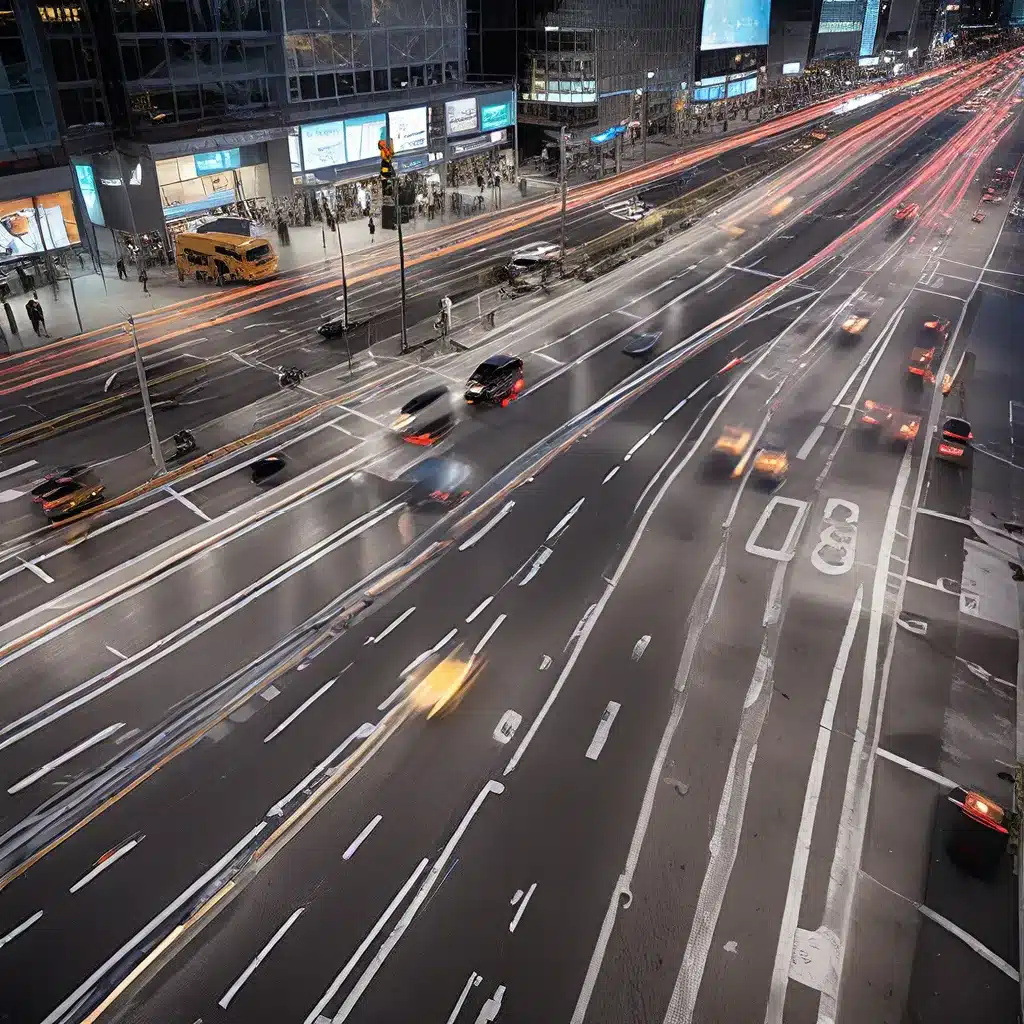
The Role of Sensor Networks in Smart Transportation
Sensor networks have become a crucial component of modern transportation systems, enabling smart city applications and transforming the way we manage traffic, improve safety, and enhance mobility. These interconnected sensor systems collect, analyze, and share real-time data, providing valuable insights to optimize transportation infrastructure and services.
In this article, we will explore the design considerations, IoT applications, security challenges, and energy management strategies that are shaping the future of sensor networks in smart transportation.
Sensor Network Design for Smart Transportation
The design of sensor networks for smart transportation involves a careful balance of scalability, reliability, and cost-effectiveness. Sensor nodes need to be strategically placed to gather accurate data from various sources, such as traffic signals, vehicle sensors, and pedestrian monitoring systems.
One key consideration is the network topology, which determines the connectivity and communication pathways between sensor nodes. Mesh networks, for instance, offer redundancy and resilience, while star topologies simplify the infrastructure and reduce installation complexity. The choice of topology often depends on the specific requirements of the transportation network and the available resources.
Secure sensor network designs are also essential, as these systems handle sensitive transportation data and must protect against cyber threats and unauthorized access. Encryption protocols, access control mechanisms, and intrusion detection systems are crucial components of a robust sensor network architecture.
IoT Applications in Smart Transportation
The integration of Internet of Things (IoT) technology with sensor networks has unlocked a wealth of possibilities for smart transportation. These applications leverage the real-time data collected by sensors to improve traffic management, enhance safety, and optimize mobility.
One such application is intelligent traffic signal control, where sensor-equipped intersections communicate with each other and adjust signal timing to reduce congestion and minimize wait times. IoT-enabled traffic sensors can also monitor vehicle and pedestrian flow, providing valuable insights to transportation authorities for infrastructure planning and emergency response.
Vehicle-to-Everything (V2X) communication is another promising IoT application, enabling connected vehicles to exchange data with infrastructure, other vehicles, and pedestrians. This technology can alert drivers to hazards, optimize route planning, and facilitate autonomous driving capabilities.
Security Challenges in Sensor Networks for Smart Transportation
As sensor networks become more prevalent in smart transportation, cybersecurity is a growing concern. Malicious actors may attempt to hijack sensor data, disrupt transportation services, or even threaten public safety.
Implementing robust security measures is crucial to protect sensor networks from cyber threats, such as data manipulation, denial-of-service attacks, and unauthorized access. This includes the adoption of encryption techniques, access control policies, and intrusion detection systems tailored to the unique requirements of transportation networks.
Additionally, collaboration between transportation authorities, technology providers, and cybersecurity experts is essential to stay ahead of evolving threats and ensure the resilience of sensor-based smart transportation systems.
Energy Management Strategies for Sensor Networks
Powering sensor networks in smart transportation can be a significant challenge, as the infrastructure often spans large geographic areas. Energy efficiency is a critical design consideration to extend the operational lifespan of sensor nodes and reduce maintenance costs.
Energy harvesting technologies, such as solar panels and piezoelectric sensors, can supplement or even replace traditional battery-powered sensor nodes. These solutions harness ambient energy sources to generate the required electricity, reducing the need for frequent battery replacements.
Duty-cycling and sleep mode strategies can also help optimize energy consumption by selectively activating sensor nodes based on traffic patterns or specific events. Edge computing and data compression techniques can further reduce the energy demands of sensor networks by preprocessing data at the source and minimizing data transmission.
Conclusion: The Future of Sensor Networks in Smart Transportation
Sensor networks have become a cornerstone of smart transportation, enabling innovative solutions that improve traffic management, enhance safety, and optimize mobility. As the IoT ecosystem continues to evolve, the integration of sensor networks with emerging technologies, such as autonomous vehicles and 5G communications, will unlock even more possibilities for transforming urban and suburban transportation systems.
By addressing the design challenges, security concerns, and energy management strategies discussed in this article, transportation authorities and technology providers can harness the full potential of sensor networks to create smarter, safer, and more efficient transportation infrastructure that serves the needs of citizens, commuters, and communities.
Visit sensor-networks.org to explore more resources and insights on the latest advancements in sensor network technology and its applications in smart transportation and beyond.